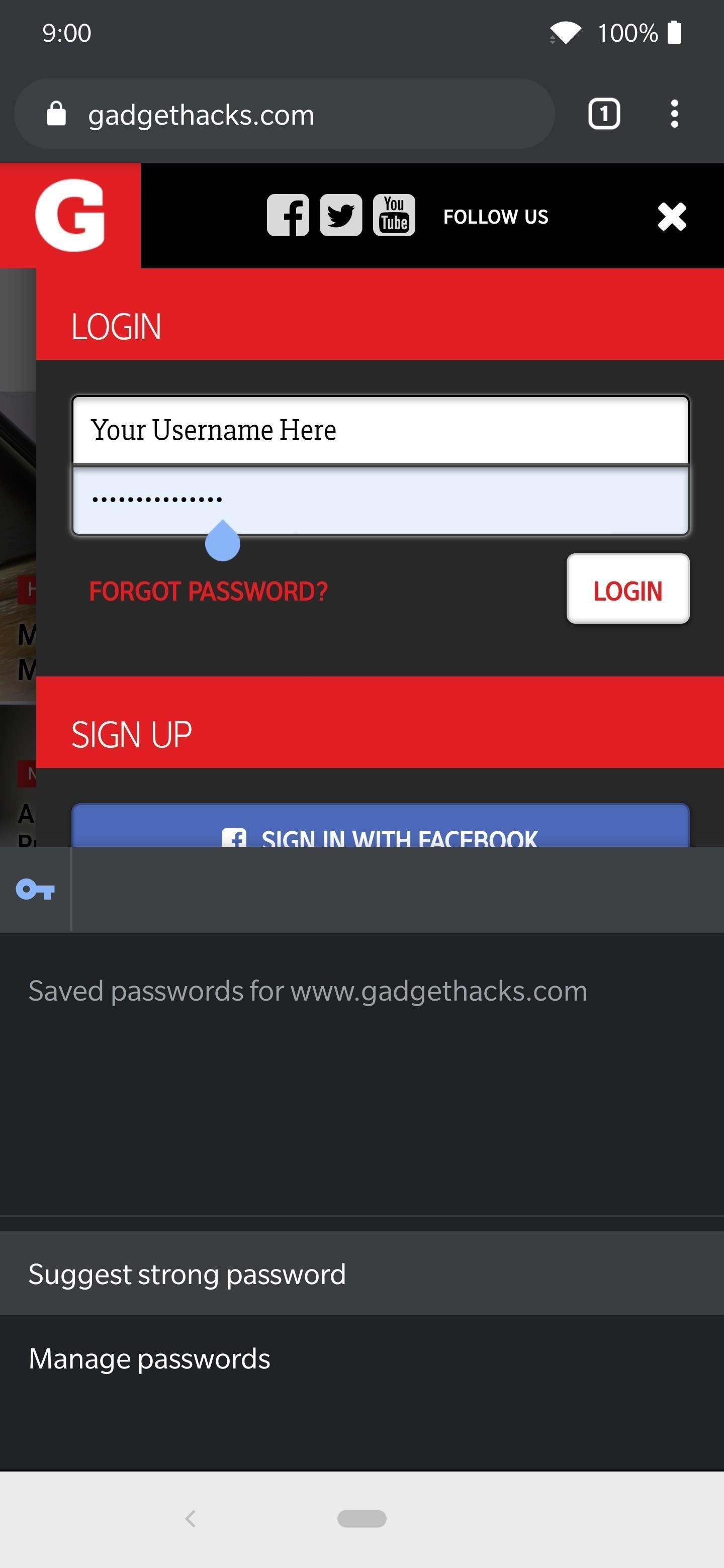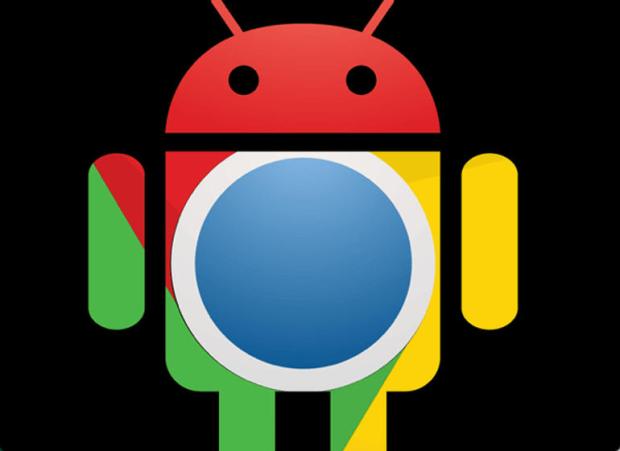

If it is too late and your browser has been kidnapped (ex. Good security solutionsare able to recognize the malicious programs and prevent them from getting into your computer. In this case, there is a measure that almost never fails: installing antivirus software and keeping it updated.

Depending on the malware that is installed on your machine, it can be more or less difficult to get rid of.

The “kidnapper” is earning money thanks to this practice (which is sometimes harmless but always very bothersome). You have changed the start page or have toolbars that you have not installed voluntarily. The way it changes varies, but the end result is usually the same: more advertisements. Another example: While installing part of the software, your browser’s options change without your permission. Why has the start-up browser page changed and how can I fix it? A malicious program-or at least an unwanted one-has corrupted your computer. This is very common and is called browser hijacking.

The search engine hasn’t changed too much in appearance, but it is not the same one as before. When it finishes downloading, you go back to the browser and you realize that one or more toolbars have appeared or that the home page is no longer Google. Say you decide to download a program you need from a seemingly reliable website and then you click “install” to begin downloading without really thinking about it. The WebRTC flaw was reported on July 1 and Google's notification of updated Chrome cuts to fix it is dated July 4, suggesting folks on the Chrome team lost a weekend preparing the fix and did so with decent speed.We’re sure your browser has been hijacked before. Whether they're safe in the long run is another question. Thankfully, Chrome updates itself with little user intervention required, so the software's many millions of users should be protected from these latest issues in short order. The release of new Chrome cuts is the fourth time in 2022 that Google has needed to issue emergency fixes.


 0 kommentar(er)
0 kommentar(er)
